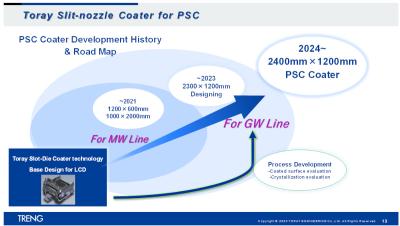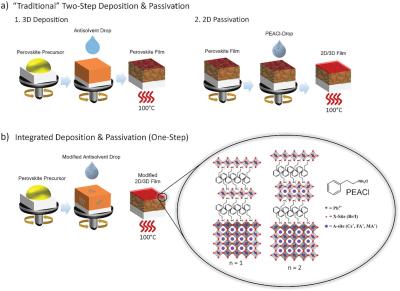Researchers develop room-temperature-processed perovskite solar cells with >24% efficiency
Researchers at UC Santa Barbara, Pusan National University and Korea Electric Power Research Institute have introduced a simple approach to produce high-quality perovskite films at room temperature by precisely regulating the perovskite composition with the addition of an organic linker (oleylamine, OAm). This work aims to address the challenge presented by current processes for manufacturing PSCs - that tend to rely on high-temperature annealing and intricate post-treatments.
The team’s innovation not only simplified the production process but also increased the material’s efficiency from under 20% to 24.4%. The method enabled phase conversion to the stable α-phase without thermal annealing, as confirmed by in situ X-ray monitoring. The optimized device achieved impressive efficiencies of 23.2% (24.4% with an anti-reflective coating), surpassing efficiencies attained by previous room/low-temperature-processed PSCs.




